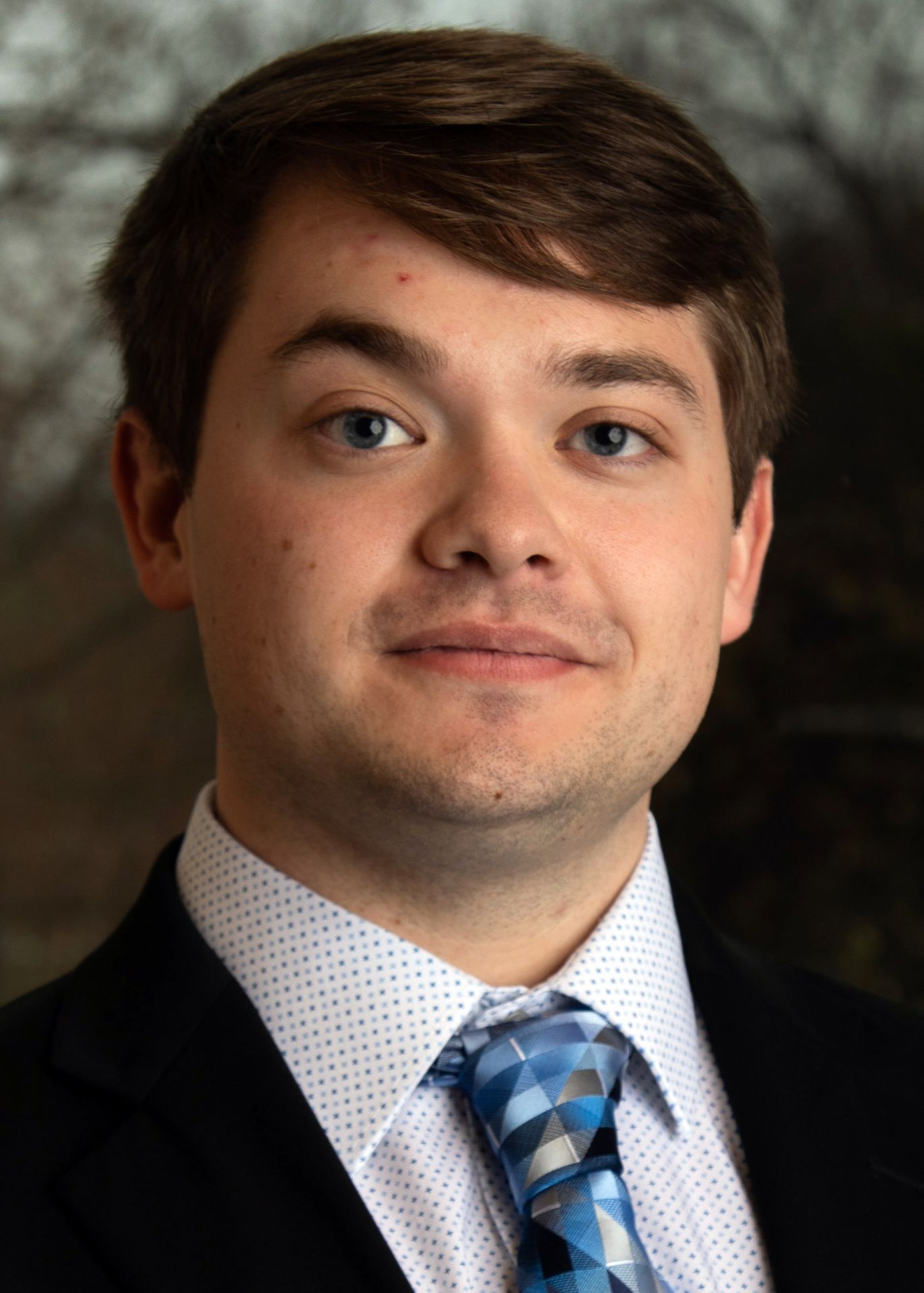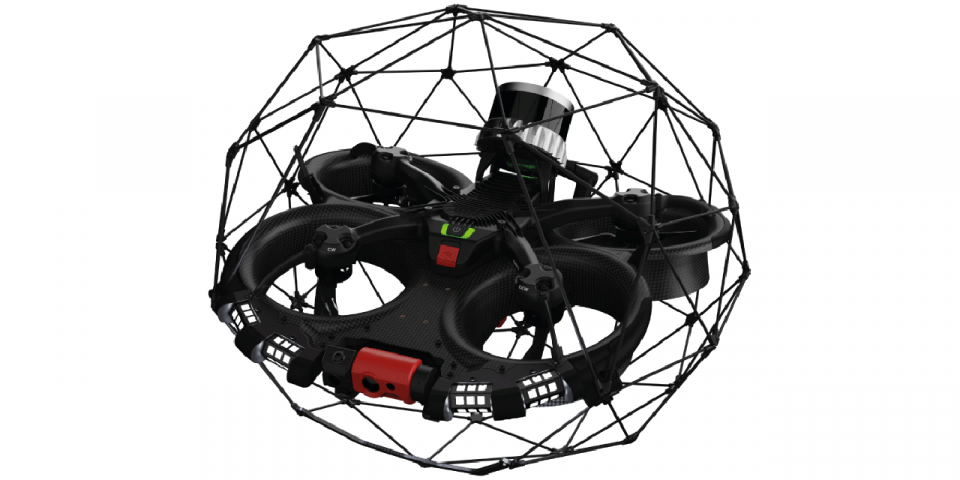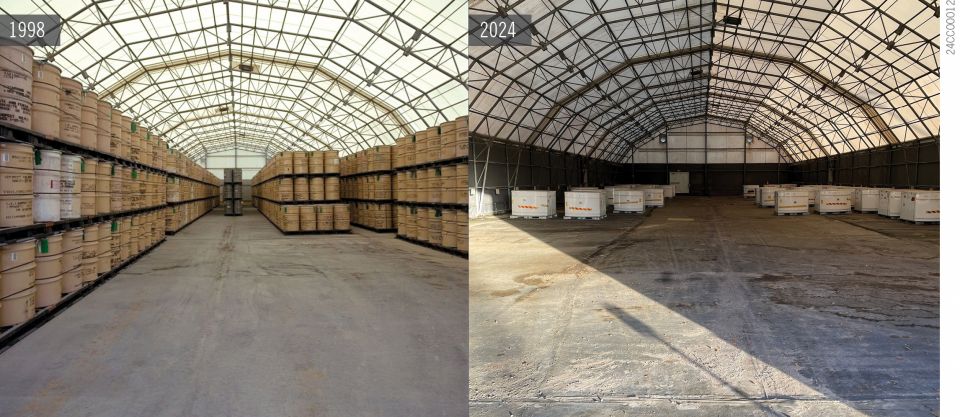NN Asks: How are universities approaching nuclear workforce issues?

John Mobley IV
With the release of the U.S. Department of Energy’s Pathways to Commercial Liftoff: Advanced Nuclear report this past March, there have been considerable discussions as to the multifaceted roles and responsibilities of universities in this epoch of renewed interest in nuclear energy. In particular, the imperative of securing an estimated 375,000 additional individuals for the construction and operation of 200 gigawatts of advanced nuclear reactors by 2050 is a significant endeavor that is front of mind for educational practitioners and policymakers. An understanding that the challenges in meeting the projected workforce needs of the nuclear community rely on dynamic, responsive, and innovative solutions thus is contingent on enhanced recruitment, retention, and development. To this point, a threefold approach of (1) IDEA (inclusion, diversity, equity, accessibility) initiatives, (2) AGI (academia-government-industry) partnerships, and (3) gap analysis offers a promising avenue for addressing these issues.







